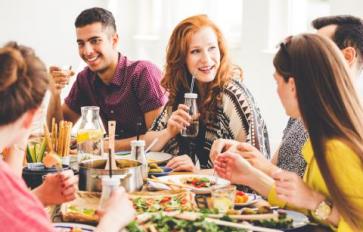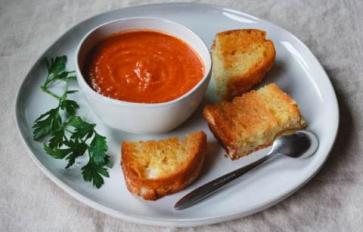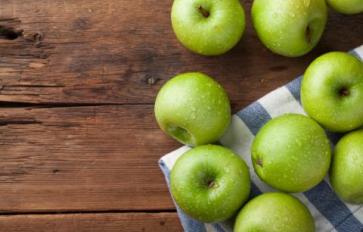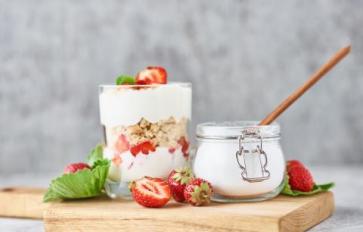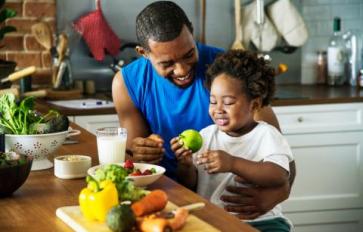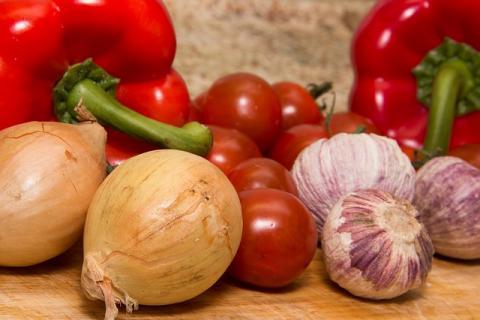
I recently talked about the impact of heat on food, and suggested that even using heat only below 200 degrees can make a big difference in preserving the nutrients of our food.
I made nachos the other day at 200 degrees and the cheese still melted.
This is a tricky fact to play with when working with most carbs. How to cook? Well, we have covered low temperature oven cooking and the dehydrator, though in the case of rice and noodles this probably won't cut it. I have even made a delicious Essene bread in the dehydrator.
This article will discuss the importance of raw food and includes a new spin on a classic recipe!
The key is that most cookware, when heated, allows the metals in the pan to leach into the food – usually aluminum, copper, and lead (if using a glass pan). There is one set of cookware I have happened upon, (without making this article into a sales pitch, but in order to reach beyond the scope of what most people are using), which is made of titanium and allows you to keep the temperature under 200 degrees through their special click-top method. Titanium does not leach and is therefore, in my opinion, the only “truly safe” cookware. By choosing safe cookware that allows for cooking at low temperatures we not only retain the nutritional value of food, but by doing so eat less since the food is naturally more filling – thereby saving money.
When we choose to eat sprouted and low-heated foods, it generally means we are cooking and preparing those foods ourselves.
What about Water?
Water is important -- we all know it makes up much of our bodies and that we do best when we have lots of pure clean water. Vegetables and fruits have their own water content, ranging anywhere from 74% in bananas up to 96% in lettuce, cucumbers, watermelons, zucchini, radishes and celery. But did you know that placing fruits and vegetables IN water causes them to lose their nutrients to the water?
Have you ever soaked carrots in a glass of water and then taken the carrots out and looked at the water? What about steaming veggies...what happens to the water below? Does it turn red from the beets? Orange from carrots? A lovely olive green color from broccoli?
Where are the nutrients in the food? Yep, bound to the colors...haven't you ever heard how beta carotene makes carrots orange and iron is high in green foods?
When we soak or boil or steam our veggies, the nutrients go out. Water is actually the enemy to food (unless it's in very small amounts).
This realization, when fully digested, has thrown my whole cooking world into a paradigm crisis. The decision to go raw or prepare in different ways has become more of a necessity than a palate choice. I have been researching ways to maintain the nutritional value of food and keep the taste and this article explores the various methods and possibilities by which to support healthy acquisition, preparation and consumption of food in order to maximize nutrition and save money.
By growing our food, shopping at the local farmer's markets and using low temperatures to prepare our food we not only retain the nutritional content of food but save money in the long run by feeding ourselves and our families that which inspires the body and nourishes the vital tissues. Food is as much about presentation and color as it is about what's inside, and fresh, low-heated food is the most vibrant food you can behold.
Essene Bread Recipe:
1- Take 1-2 cups of soft wheat berries & sprout 1-2 days (until you get a little white tail)
2- Throw the sprouted berries into a blender or food processor until blended into a dough consistency (you might need a splash of oil or a tiny bit of water, but probably not)
3- Add spices, nuts or berries as desired
4- Continue to blend
5- Roll dough into a ball and pat smooth
6- Place into the dehydrator at 185 degrees for about 8-12 hours, until firm and has a slightly rough crust
7- slice and eat
The dough for this bread does not rise – either in production or cooking – but is completely scrumptious and filling!
Pasta can be softened in hot water, it just takes a bit longer. Rice, if using the low temperature cooking method, must be replaced by something like couscous, which only takes a couple minutes in pre-heated water to fluff it up, or exchanged for sprouted grains such as barley, quinoa, amaranth and wheat before eating (this takes a few days preparation).
For more information on anything I have discussed in this article, feel free to contact me directly via my Facebook author's page – and here's to healthy eating!


